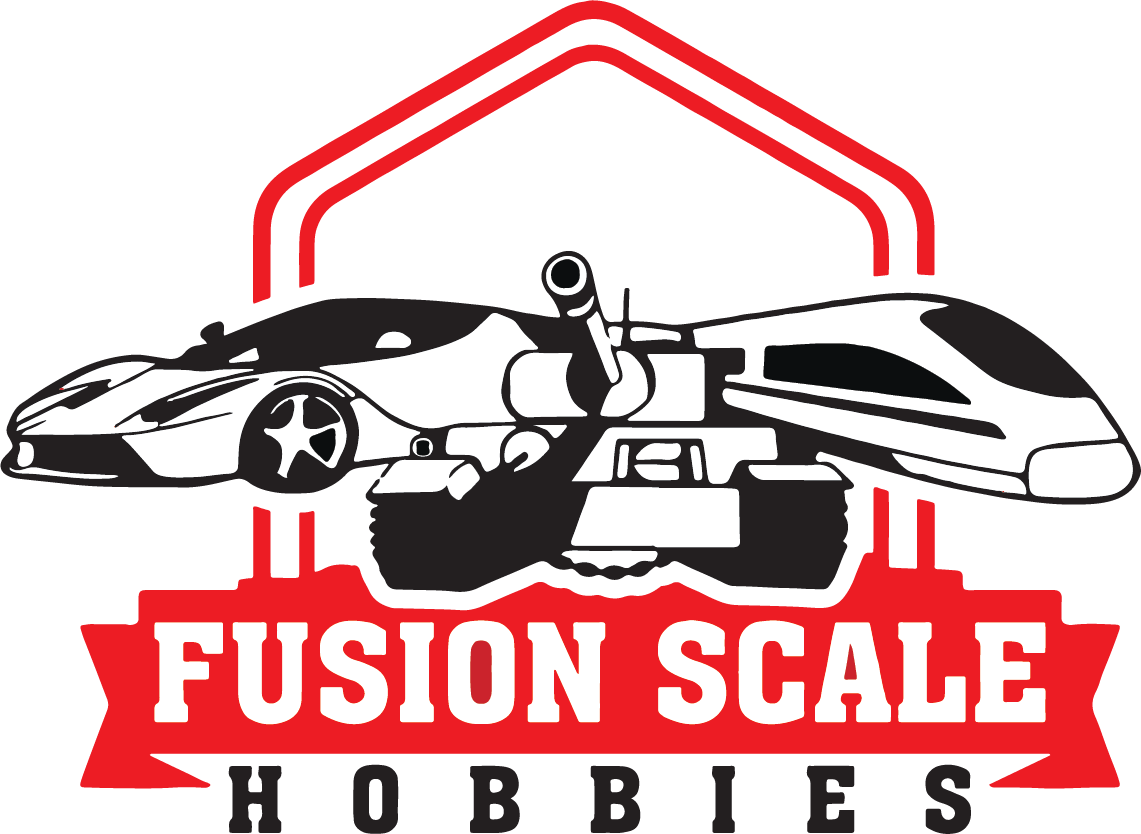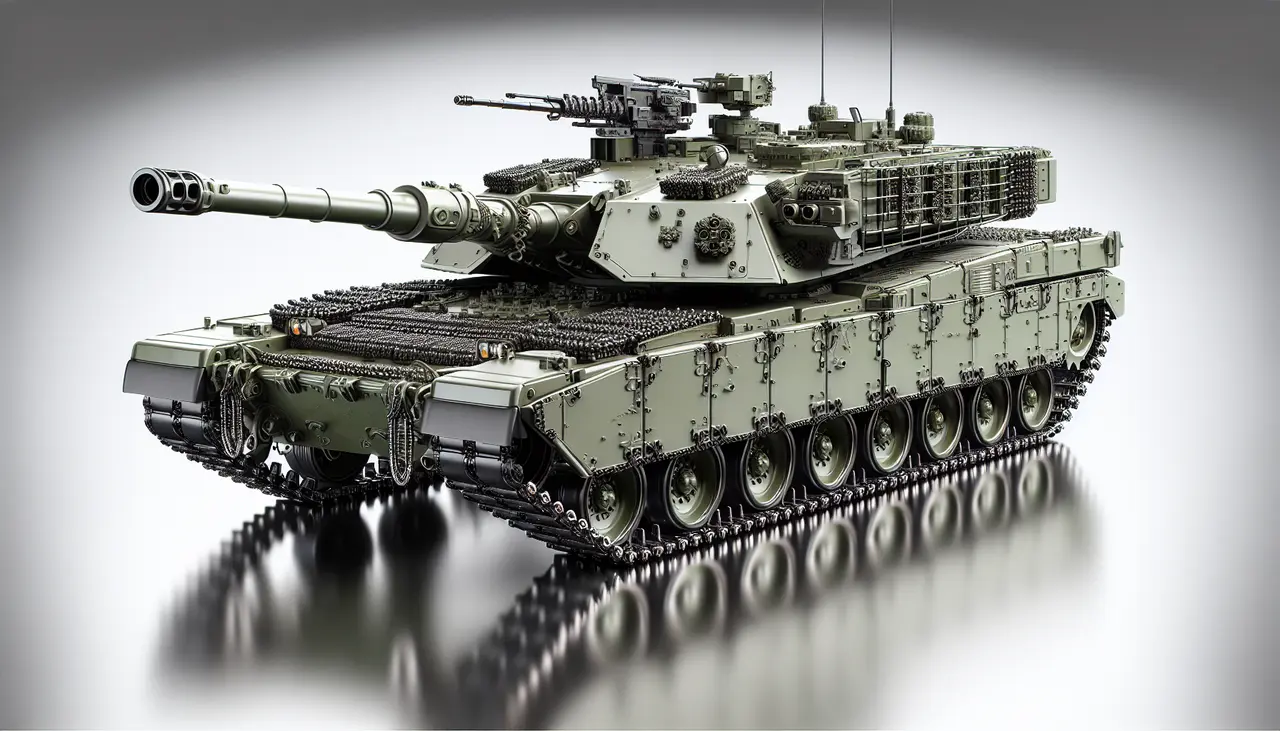Painting tank models can seem daunting, especially when aiming for a professional finish. But don’t worry! With a few insider tips and tricks, you can master this art. This guide will take you through essential steps to elevate your tank model painting skills.
1. Choosing the Right Tools
The foundation of a flawless paint job starts with having the right tools. Invest in quality brushes, paints, and other essential supplies to ensure a smooth and professional finish. One of the highly recommended paint brands is Vallejo Model Air, which offers a broad range of acrylic colors specifically formulated for airbrushing.
Moreover, for detailed work, having a variety of brush sizes is essential. Small, fine-tipped brushes are ideal for intricate details, while broader brushes can cover larger areas efficiently. Also, consider investing in some specialized tools like a pin vise, which can help with drilling small holes that might be needed in certain models.
2. Preparing Your Workspace
A clean and organized workspace is crucial for precise work. Ensure that you have enough lighting, adequate ventilation, and all necessary materials within reach before you begin. Natural light or a daylight lamp can help in getting the colors just right. Additionally, having a comfortable seating arrangement can make long painting sessions more enjoyable.
It’s also worth setting up an area where you can safely store your in-progress models and tools away from dust and contaminants. A modular workbench with ample storage options can be a great investment. This not only keeps your tools and paints organized but also ensures that your workspace remains clutter-free, allowing for better focus and efficiency.
3. Priming Your Model
Applying a primer is essential for a smooth and even paint job. It helps the paint adhere better to the model and enhances the durability of your work. Primers come in different types, such as enamel and acrylic, with each having its own set of advantages. Acrylic primers like Vallejo NATO Green Surface Primer are particularly popular for their ease of use and quick drying times.
When applying primer, ensure that you use thin, even coats. A well-primed surface provides a perfect base for subsequent layers of paint. Using an airbrush can give you the most control and smoothest finish, but spray cans and brushes are also viable options. Just make sure the primer is fully dry before moving on to the next step.
4. Base Coating Techniques
The base coat sets the stage for the rest of your painting. Discover different techniques for applying a base coat, including airbrushing and hand painting, and find out which works best for your model. For larger, flat surfaces, an airbrush provides smooth, even coverage. Hand painting can be useful for smaller sections or when creating more controlled, specific patterns.
Airbrushing allows for a more even application of paint, creating a professional-looking base coat. For those just starting, this guide on scale model tank painting offers valuable insights. Remember to apply several thin layers rather than one thick coat, as this ensures the paint adheres well without obscuring fine details.
5. Mastering Highlighting and Shading
Achieve a realistic look by mastering highlighting and shading techniques. This section covers dry brushing, washes, and other methods to add depth and dimension to your tank models. Dry brushing involves taking a small amount of paint on your brush, wiping most of it off, and then lightly brushing over raised surfaces to highlight edges and details.
Washes, on the other hand, are typically applied to recessed areas to create shadows and depth. By diluting your paint with water or a thinning agent, you can allow it to flow into crevices, enhancing the model’s three-dimensional appearance. Combining these techniques will give your tank a more lifelike, battle-worn look, adding to its overall realism.
6. Weathering Your Tank Model
Weathering adds a touch of realism to your models by simulating wear and tear. Learn how to use pigments, chipping techniques, and rust effects to make your tank model look battle-worn and authentic. Products like Vallejo Pigments offer a range of colors that can be used to create dust, dirt, and rust effects.
Chipping medium can be applied under the top coat to create realistic paint chips and scrapes. After applying your base coat, you can use a brush or sponge to apply the chipping medium to areas that would naturally experience wear. Once the top coat is dry, you can gently remove the medium with a stiff brush or toothpick to reveal the underlying layer.
7. Detailing and Finishing Touches
The final touches can make a big difference. Discover tips for painting small details, adding decals, and sealing your work to ensure your model stands out. Small brushes and a steady hand are crucial for painting tiny details like bolts, tools, or emblems. When it comes to decals, using a setting solution like Tamiya Mark Fit Strong Decal Solution can help them adhere smoothly to your model’s surface, reducing the risk of bubbles and wrinkles.
After all your hard work, it’s essential to protect your paint job with a clear coat. This not only seals the paint and decals but also gives your model a uniform finish. Matte, gloss, and satin finishes are available, so choose one that complements the look you’re going for. Happy detailing!










